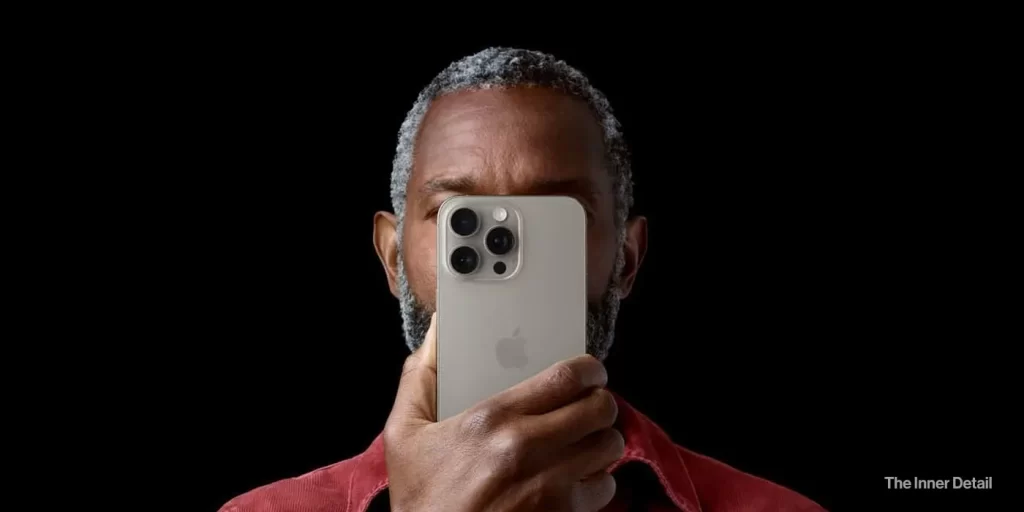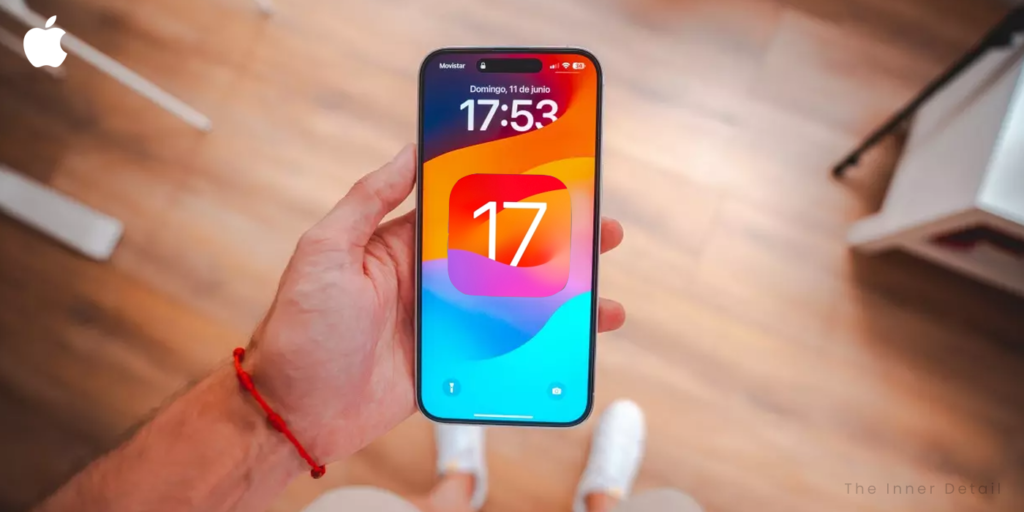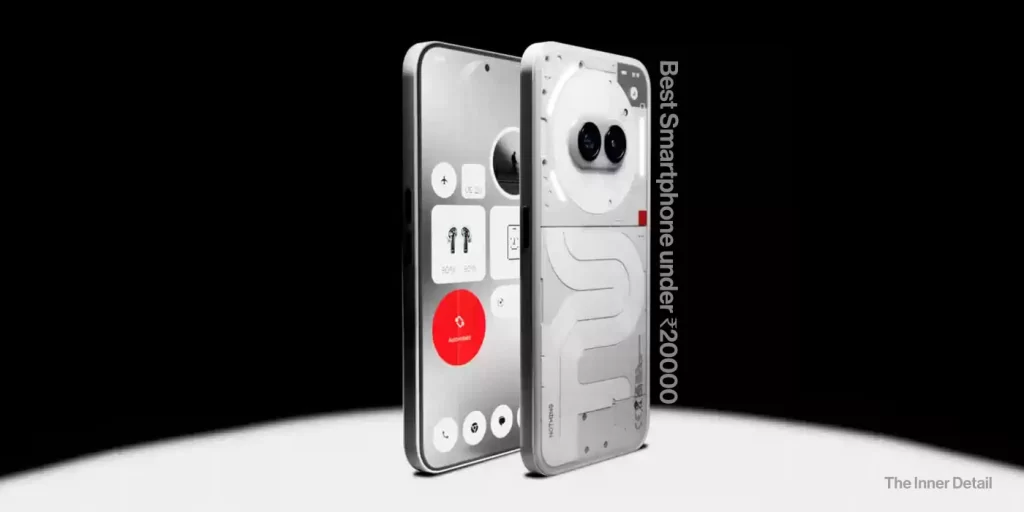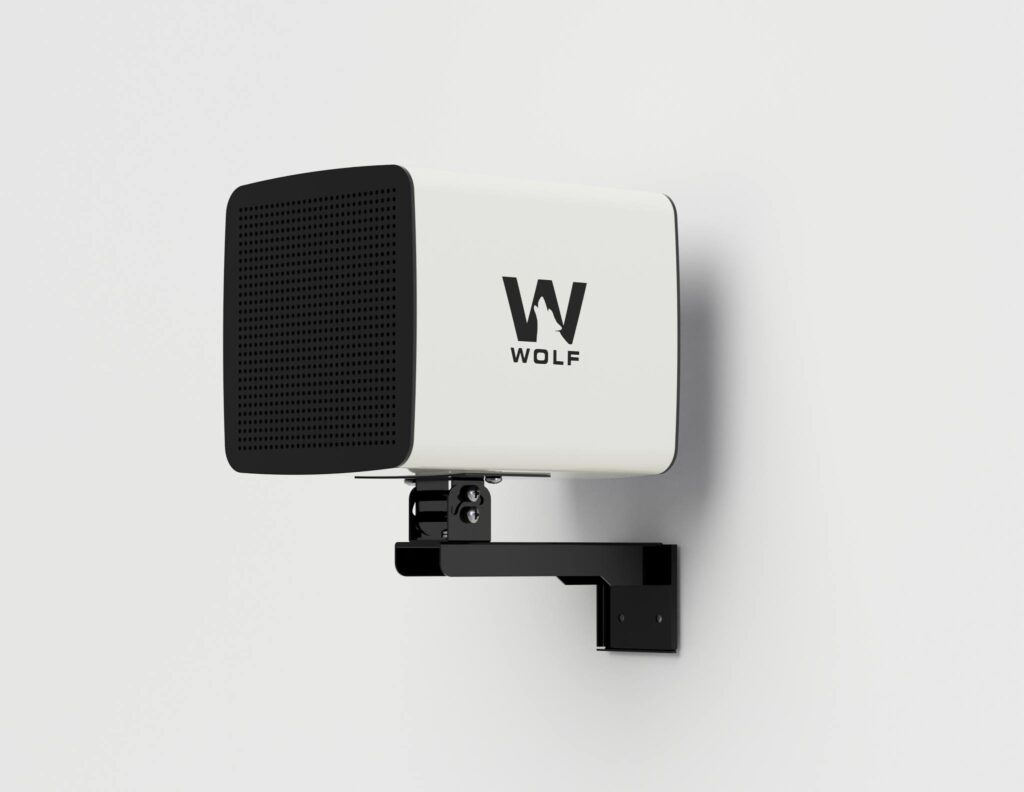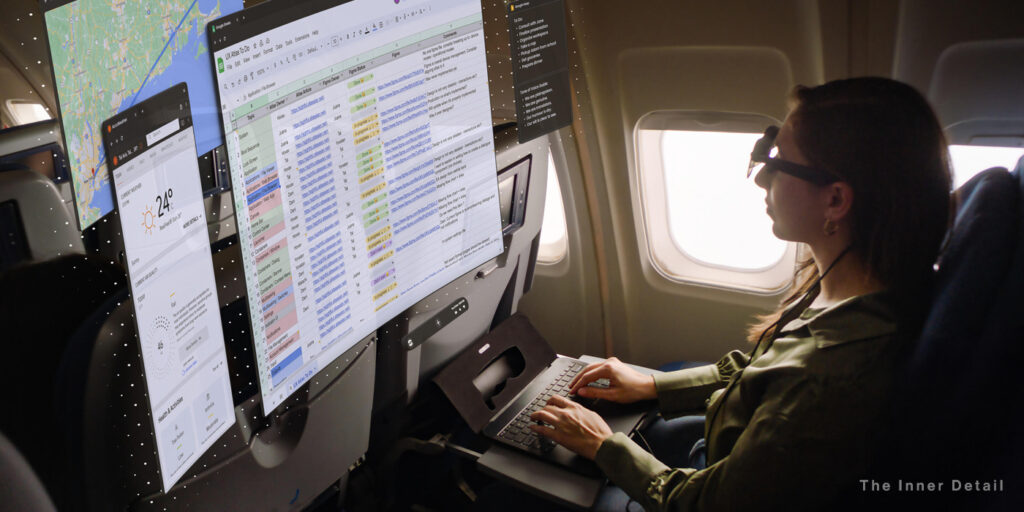Apple is reportedly entering the rapidly evolving world of brain-computer interfaces (BCIs). This move is more than just a technological leap; it’s driven by a significant reason: a deep commitment to accessibility, particularly for individuals with severe motor impairments.
In the fast-paced world of technology, Apple has consistently remained at the forefront, not just by refining existing products, but by boldly venturing into new frontiers of innovation. This continuous evolution is driven by a profound commitment to making technology universally accessible and pushing the boundaries of human-device interaction.
Now, the tech giant is reportedly stepping into one of the most groundbreaking and ethically significant fields of our time: Brain-Computer Interfaces (BCIs). This isn’t merely a speculative leap; it’s a strategic move poised to revolutionize how we interact with our devices, particularly for individuals with severe motor impairments.
Empowering Users with Limited Mobility
The primary goal of Apple‘s BCI initiative appears to be enabling people who cannot use traditional input methods like touch, voice, or typing to control their devices. This includes individuals affected by conditions such as ALS, spinal cord injuries, or stroke. Brain-computer interfaces eliminate the need for physical movement, expanding device accessibility for those with profound physical impairments.
Apple is partnering with Synchron, a US-based startup, on this project. Synchron’s Stentrode device is less invasive than some other BCI implants, as it is inserted into a vein near the motor cortex rather than directly into brain tissue. Once placed, it reads brain signals and translates them into commands for devices like iPhones, iPads, and the Vision Pro headset.
The system integrates with Apple’s existing Switch Control accessibility feature. An early user with ALS, Mark Jackson, has successfully used the system to control devices and even experience a virtual mountaintop through the Vision Pro, reporting the sensation of his legs trembling despite being physically immobile. This demonstrates the potential for these technologies to be truly life-changing.
Signaling a New Interface Paradigm
Apple’s involvement is significant because when the company makes such a move, the world takes notice. By partnering with Synchron, Apple is helping to pioneer a new interface paradigm where brain signals are formally recognized alongside touch, voice, and typing. Apple is expected to introduce a new software standard called BCI HID (Human Interface Device) later this year, which will provide a native interface for developers building apps that respond to neural signals. This signals that brain input is no longer a “fringe” concept and could accelerate its integration into consumer technology, pushing the boundary of human-device interaction.
It’s not the first time for Apple
Apple’s interest in drilling through the mind isn’t the first time. A patent application from Apple reveals plans for a next-generation AirPods sensor system. These AirPods could include electrodes in the housing and tips configured to measure biosignals and electrical activity of a user’s brain, such as electroencephalography (EEG). Measuring brain activity using electrodes placed in or around the outer ear is preferred for reduced device mobility and decreased visibility compared to scalp electrodes.
While customization for individual ears is a challenge, Apple’s patent discusses dynamically selecting subsets of electrodes for accurate measurements. This indicates a broader exploration by Apple into integrating biosignal sensing, including brain activity, into more common, non-invasive wearable devices like earbuds.
Ultimately, Apple’s push into BCI, initially through the Synchron partnership and potentially via future devices like AirPods, is strongly aligned with its stated commitment to making technology accessible to everyone, opening up new possibilities for control and interaction.
(For more such interesting informational, technology and innovation stuffs, keep reading The Inner Detail).
Kindly add ‘The Inner Detail’ to your Google News Feed by following us!
